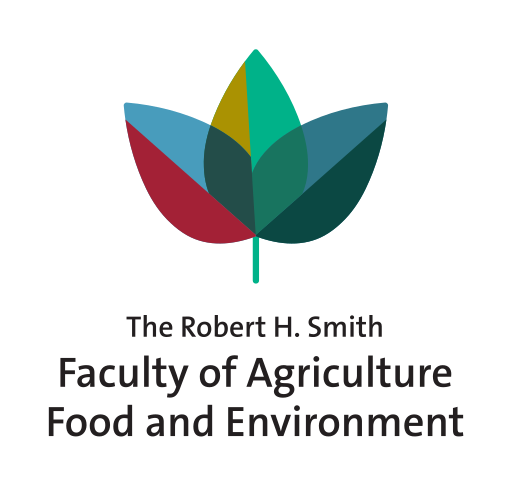Citation:
Abstract:
The effect of using treated wastewater for irrigation of table grapes (Vitis vinifera cv. Superior Seedless) was studied for six seasons. The experimental vineyard was grown on clay loam soil in a semi-arid area. Treated wastewater (5.83 meq L-1 Na+) with (TWW + F) and without (TWW) fertilizer, and fresh water with fertilizer (FW + F, 2.97 meq L-1 Na+), were each applied at three irrigation levels (80, 60 and 40 % of crop evapotranspiration before harvest). Root zone (0-60 cm soil depth) soil saturated paste extract Na+ concentrations and sodium adsorption ratio (SAR) values fluctuated over the years, but generally decreased in the order TWW > TWW + F > FW + F for each irrigation level. Both Na+ concentrations and SAR values developed faster and to a greater extent at higher irrigation. Adding fertilizer to TWW decreased Na+ and SAR only at the high irrigation level. Na+ concentrations in the trunk wood, bark and xylem sap of the TWW and TWW + F irrigated vines were significantly higher than those in the FW + F-irrigated vines. Leaf petiole Na+ content increased with time and its maximum value in TWW and TWW + F irrigated vines exceeded 6,500 mg kg-1, threefold higher than in FW + F irrigated vines. We conclude that in clay soils under relatively high irrigation, Na+ may pose a greater potential risk to plants and soil rather than Cl- or salinity per se. However, significant effects on yield were not recorded during this six-year study probably due to the high salinity tolerance of the 'Paulsen' rootstock used in the experiment. © 2014 Springer-Verlag Berlin Heidelberg.

